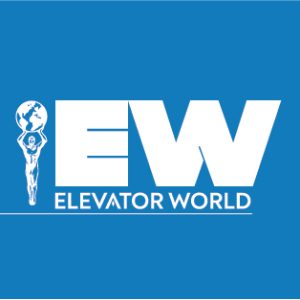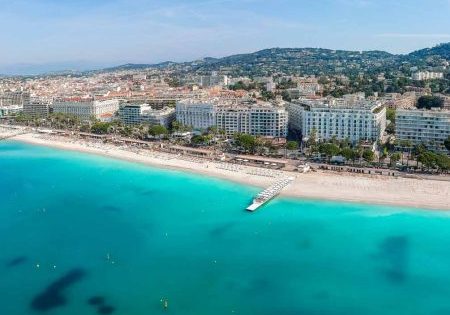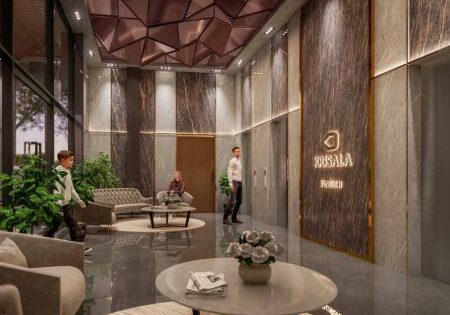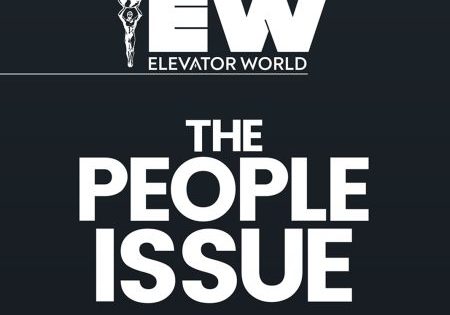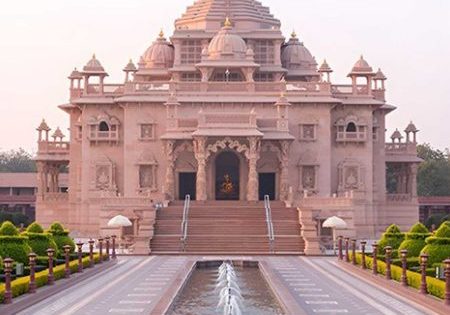Rwanda Going Green
Jun 1, 2025

New mall and planned city promise to drive demand for energy-efficient VT.
French real estate and hospitality conglomerate Duval Group, through its majority-owned Duval Great Lakes and Rwandese real estate investor Vicky Murabukirwa, is developing the Inzovu Mall in Kigali city’s Kimihurura business and shopping district. Murabukirwa said in a previous media interview that he and his associates signed an agreement with the Government of Rwanda to develop 2.7 ha of land next to the Kigali Convention Centre (KCC) in an effort to boost growth of meetings, conferences and exhibitions in the East African country. The project is expected to provide business opportunities for the supply and installation of green vertical-transportation (VT) solutions in the wider East Africa market.
Duval Group, which with its equity investors will provide US$2.5 million for the 430,556-ft2 project, says on its profile page that the new mall is “a sustainable building that will use energy-efficient materials and technologies to reduce its greenhouse gas emissions, thereby contributing to Rwanda’s efforts to mitigate climate change.”
Duval Group’s Inzovu Mall aligns well with Rwanda’s green building initiative that is likely to attract investment in sustainable building projects and possibly open the market for more opportunities in the supply and installation of eco-friendly lifts and escalators.
Green Lifts and Escalators Specified
Rwanda, which has an urban population of approximately 2.5 million and is one of the fastest-growing economies in Africa, is pursuing the government-backed Green Growth and Climate Resilience Strategy. The strategy, updated in June 2023 in partnership with the United Nations Development Programme, outlines “a development pathway for Rwanda that is climate resilient and harnesses green economic innovation.” For instance, in 2019 the government revised and published the Rwanda Green Building Minimum Compliance System that includes specifications for lifts and escalators in this green transitioning dispensation.
The system encourages the use of energy-efficient lifts and escalators in buildings, especially those listed in category four and five, according to the classification of buildings under Rwanda’s building code. Category four buildings include towers, antennas and all types of buildings that are three stories or taller with or without basements but accommodating at least 500 people. Industrial and hazardous buildings are exempted from this category.
Category five buildings include sports and leisure facilities, social, cultural, assembly and religious buildings, health facilities, educational buildings and other buildings that accommodate more than 500 people. They also include industrial and hazardous buildings.
The Rwanda Green Building Minimum Compliance System encourages the use of energy-efficient lifts and escalators in buildings.
Demand for eco-friendly elevator and escalator equipment in Rwanda is expected to keep rising as the government pushes for a reduction in energy consumption, low emission levels and efficiency in the management and use of multi-storied buildings.
Previously, the government had pledged to develop a climate-resilient and low-carbon economy by 2050 through adopting a national policy and planning model that “mainstreams climate change into all sectors of the economy, and positions Rwanda to access international climate funding and investment.”
A Commitment to Addressing Climate Change
Rwanda estimates the strategy will cost US$2 billion annually with the government allocating US$700 million from its coffers. “This strategy represents our unwavering commitment to addressing climate change and building a resilient and low-carbon economy,” Rwanda Minister for Environment Dr. Jeanne Mujawamariya said previously.
A key component of Rwanda’s green building promotion is incorporating aspects of the Rwanda Green Building Minimum Compliance System into the country’s building code. The system was developed under a partnership of the Rwanda Housing Authority (RHA), the Building Construction Authority of Singapore and the Rwanda Green Building Organization, with the support of the Global Green Growth Institute (GGGI).
The GGGI is a global inter-governmental organization “dedicated to supporting and promoting strong, inclusive and sustainable economic growth in developing countries and emerging economies.”
RHA describes the system as “a simple, effective and environmental performance-oriented green building indicator designed to promote energy and water efficiency, environmental protection, better indoor environmental quality to building occupants and green innovation,” for multistoried buildings.
VVVF Drives and Sensors
The system proposes that all lifts and elevators be fitted with AC variable-voltage, variable-frequency (VVVF) motor drives to allow for accurate control of the motor’s speed and torque, in turn achieving improved efficiency and reduced energy consumption. The system also calls for fitting VT equipment with occupancy sensors to prevent elevators especially from starting once the sensors detect a passenger, hence improving passenger safety and conserving energy.
Currently, Rwanda uses RS ISO 4190-3:1982 for all passenger lift installations.
Africa’s First Green City Project
In what promises to catalyze Rwanda’s green infrastructure initiative, the government is pushing ahead with its “Green City Concept” on a 620-ha site in Kinyinya, Gasabo District, within the capital, Kigali. This will be Africa’s first green city project.
According to the Ministry of Infrastructure, the US$4.5 billion development project will accommodate 30,000 housing units with the expectation of increased demand not only for supplying and installing more green VT equipment, but also for operating and maintaining it.
On its official webpage, the Ministry of Infrastructure states:
“The project aims to showcase the viability of green cities in Rwanda and elements that could be replicated in the development of secondary cities across the country with green technologies and innovations for green and climate-resilient urbanization.”
Meanwhile, Duval Group’s Inzovu Mall — among the largest innovative green buildings rising in Rwanda — is setting an example. Rwanda Green Fund CEO Herbert Ruzibiza recently said such projects demonstrate the viability of green projects in Rwanda. He is optimistic that additional green developments and cities will rise, all integrating “green building and design, efficient and renewable energy, recycling and inclusive living, homegrown solutions and local construction materials.”
Get more of Elevator World. Sign up for our free e-newsletter.

